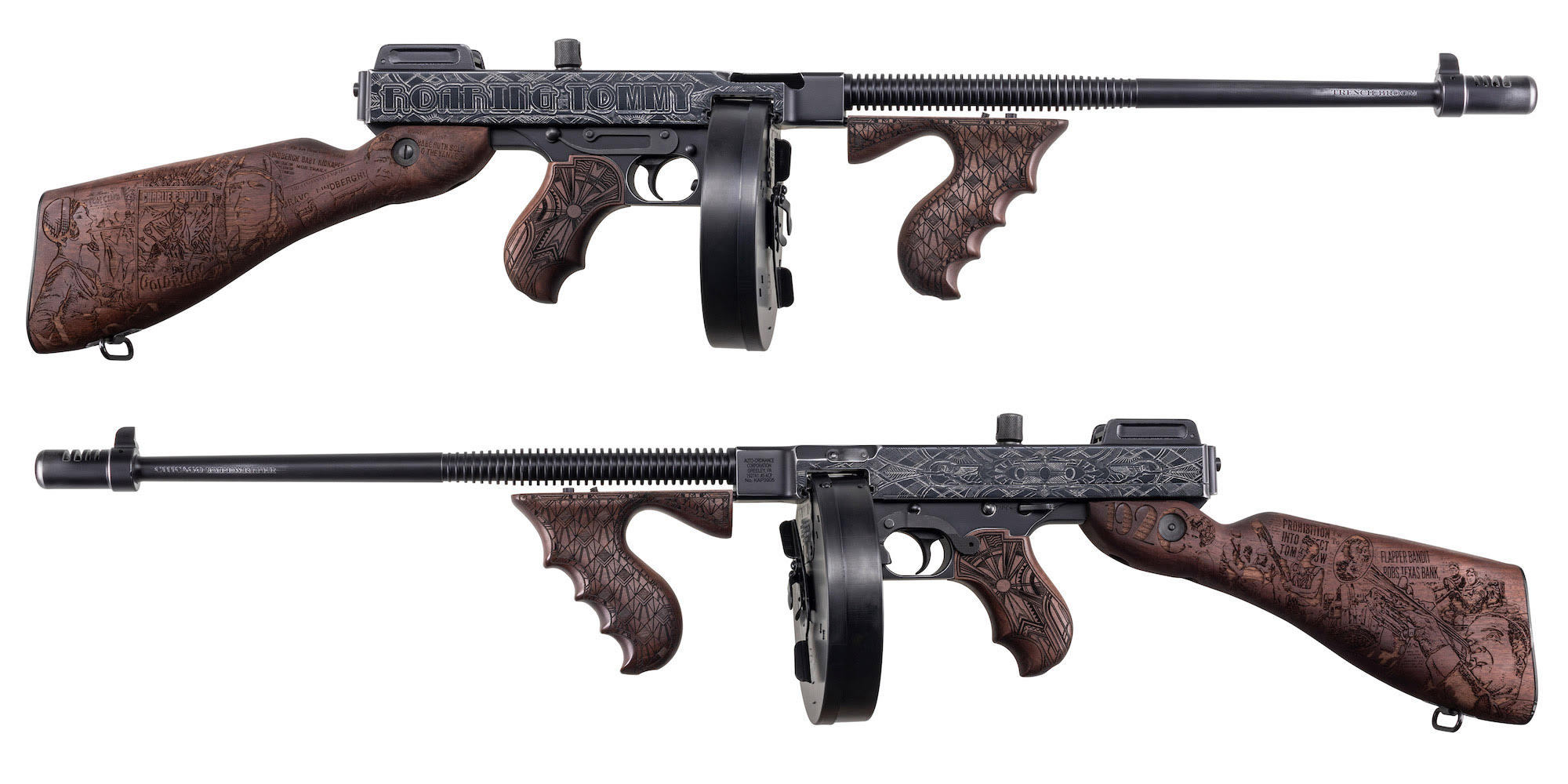Gun Purchases Mean Responsibility
By Glen Wunderlich
The roaring 20s are back! Anarchists have boldly taken over a section of a major metropolis in Seattle and have declared it free of police. It’s another example of what can happen when the rule law is ignored by authorities and Americans are taking notice in an unprecedented manner: Guns are being sold at a record pace. Millions of law-abiding citizens – particularly first-time buyers – have bought their first guns during the Covid-19 pandemic.
The National Shooting Sports Foundation (NSSF), which is the trade association for the firearm industry, shows year-over-year increases of 80 percent in March and 69 percent in April 2020. These strong increases led to more than 6.5 million NSSF-adjusted background checks in the first four months of 2020, up 48 percent from 4.4 million during the same period in 2019.
These first-time gun buyers are estimated to represent a whopping 40 percent of gun sales, as reported by retailers. This is an increase of 67 percent over the annual average of 24-percent first-time gun buyers that retailers have reported in the past.
Retailers noted that 40 percent of first-time gun buyers in the first four months of 2020 were females. The main purchase driver among the group was personal protection, followed by target shooting and hunting. Also of note was that 25 percent of first-time buyers had already taken some form of firearms safety course and 63 percent inquired about taking a firearms safety course in the near future.
Paralleling these statistics is another interesting bit of reality based on the most recent reporting from NSSF. The report demonstrates that as lawful firearms ownership in America continues to grow, unintentional misuse of firearms is falling. During the 25-year period covered in this report (1993–2017) unintentional firearm-related fatalities have declined by 68 percent.
“As an industry that prioritizes firearm safety, it is extremely good news to see this record decline in gun-related accidents,” said Joe Bartozzi, NSSF’s President and CEO. “It’s gratifying to know that our industry’s gun safety efforts, including our long-running Project ChildSafe firearm safety education program, are contributing to helping save lives.
With approximately 100 million gun owners in the country, the data demonstrates that firearms can be safely owned and used and accidents can continue to be minimized, as long as secure storage guidelines are followed. “Securely storing firearms when not in use is the No. 1 way to help prevent accidents, thefts and misuse,” said Bartozzi.
A “hidden” gun is not a safely stored gun. There are a variety of safe storage options available, ranging from free gun locks provided by Project ChildSafe to full-length fireproof gun safes. Using any safe storage device will always be better than using none.
Theft of guns from parked vehicles has become a serious concern across the country. Officials urge gun owners to store their firearms securely when left temporarily in a vehicle by using a locking device that can be affixed to the vehicle, such as with a cable attached to the metal seat frame, to help keep guns out of the hands of criminals. The glove compartment or console of your car or truck, even if lockable, should not be considered a secure storage device, as it can be pried open easily.
Although preventing kids from finding unsecured guns can help prevent a tragedy in any home, keeping guns out of all the wrong hands is just as important. Unsecured firearms are easy targets for thieves and for a person with suicidal thoughts.
Lock boxes are one of several options for safe and secure firearm storage, and they provide a solution for those who choose to keep firearms for home security and want quick access to them, while denying access to unauthorized persons, including children. Some use biometric technology to provide access without a key.
Having regular conversations with your children about gun safety, whether you own guns or not, is important in case they encounter an unsecured gun at a friend’s house, outside or anywhere beyond your supervision. Parents talk to kids about other important issues, like drugs, alcohol and sex, and talking about firearm safety should be no different. This should be a regular conversation between parents and children. NSSF’s video “Talking to Kids about Gun Safety” covers the basics of how to talk to children of different ages. Even if you don’t have kids, this video can be a good resource to share with friends, family and neighbors who do.
With firearms ownership comes personal responsibility and it’s all yours.





